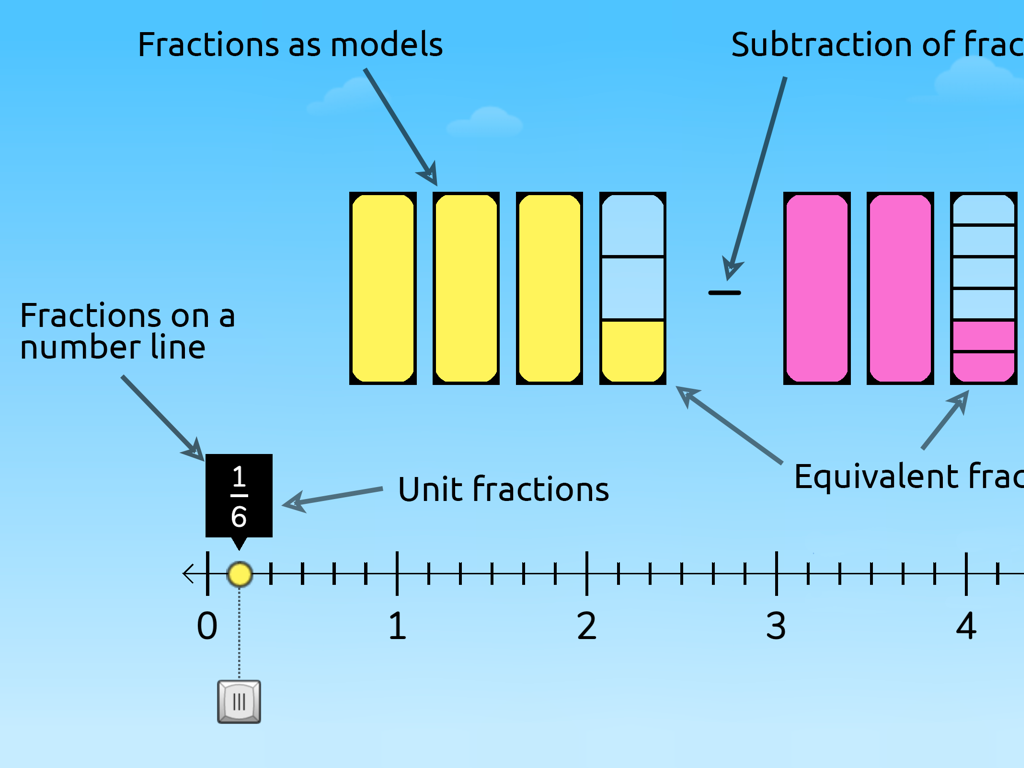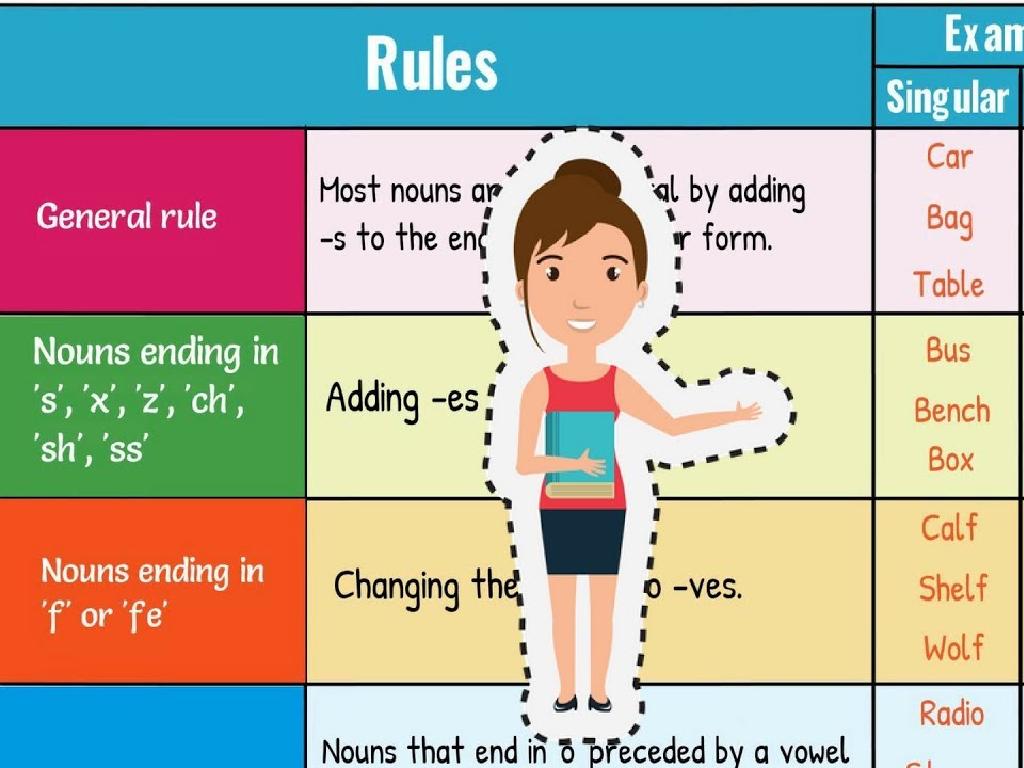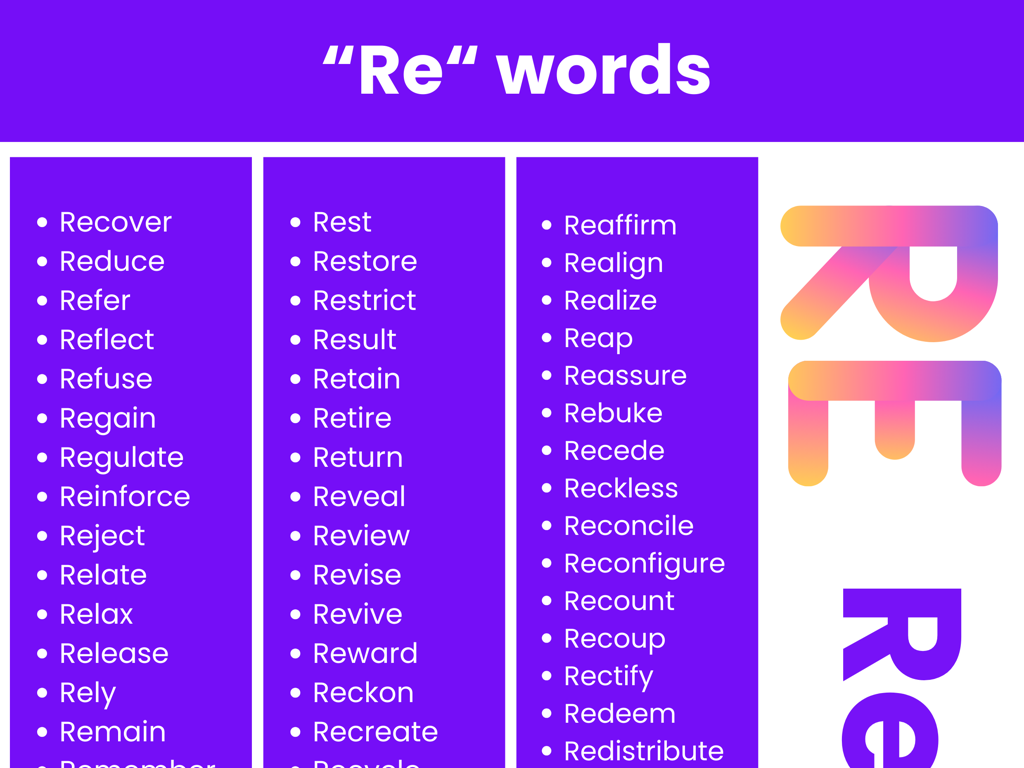Multiply 1-Digit Numbers By 2-Digit Numbers: Choose The Area Model
Subject: Math
Grade: Fourth grade
Topic: Multiply By One-Digit Numbers
Please LOG IN to download the presentation. Access is available to registered users only.
View More Content
Welcome to Multiplication: The Area Model Adventure
– Exploring 1-digit by 2-digit multiplication
– Understanding the Area Model
– Visualize multiplication as the area of a rectangle
– Multiplication as a math superpower
– It helps quickly solve complex problems
– Practice makes perfect
– We’ll do fun activities to master this skill
|
Today’s lesson introduces students to multiplying 1-digit numbers by 2-digit numbers using the area model. This visual tool helps students understand multiplication as finding the area of a rectangle, with one side representing the 1-digit number and the other side broken into tens and ones of the 2-digit number. Emphasize that multiplication is a powerful tool in math, allowing us to solve problems more efficiently. Encourage students to practice with different numbers to become confident in using the area model. Prepare interactive activities where students can draw their own area models and calculate the products, reinforcing their understanding through hands-on learning.
Understanding Multiplication: Area Model
– Multiplication basics review
– Multiplication equals repeated addition
– Think of 3 x 4 as adding 4, three times: 4 + 4 + 4
– Example: 3 x 4 as groups
– Visualize 3 groups with 4 items in each group
– Introducing the area model
– Area model uses rectangles to represent multiplication visually
|
Begin with a review of what multiplication is, ensuring that students recall it as a faster way of adding the same number multiple times. Use simple examples like 3 x 4 to illustrate this concept, showing that it’s the same as adding 4 three times (4 + 4 + 4). Emphasize visualization by having students imagine 3 groups containing 4 items each. Introduce the area model as a new way to visualize multiplication, using rectangles to represent the groups and items. This will set the foundation for more complex multiplication using the area model, which will be covered in subsequent slides. Encourage students to draw their own area models for different multiplication problems to reinforce the concept.
Multiplying with the Area Model
– What is the Area Model?
– It’s a way to visualize multiplying by splitting it into parts.
– Break down big multiplication
– Divide a 2-digit number into tens and ones to simplify.
– Multiplication as rectangle area
– Imagine the inside of a rectangle filled with smaller squares.
– Practice with the Area Model
|
The Area Model is a visual tool that helps students understand multiplication by breaking it down into smaller, more manageable parts. Begin by explaining the concept of the Area Model and how it relates to multiplication. Show how to decompose a 2-digit number into tens and ones, and then use these parts to form the sides of a rectangle. The total area of the rectangle represents the product of the multiplication. Provide examples and encourage students to draw rectangles and fill them in to find the product of 1-digit by 2-digit numbers. This method reinforces the concept of place value and helps students visualize the multiplication process.
Let’s Multiply: 1-digit x 2-digit Numbers
– Example: 4 x 12 with Area Model
– Visualize 4 groups of 12 using a rectangle
– Split 12 into 10 and 2
– 12 becomes 10 (one ten) and 2 (two ones)
– Multiply 4 by 10 and 4 by 2 separately
– 4 tens are 40 and 4 twos are 8
– Add the two products together
– 40 + 8 equals 48, so 4 x 12 is 48
|
This slide introduces students to the concept of multiplying a 1-digit number by a 2-digit number using the area model. Start with an example like 4 x 12, and show how to split the 2-digit number into tens and ones. Then, demonstrate how to multiply each part by the 1-digit number separately. Finally, guide students to add the results of these multiplications to find the final product. Encourage students to draw the area model for visual understanding and to practice this method with different numbers. This will help solidify their understanding of multiplication and the distributive property.
Practice Time: Multiplying Using the Area Model
– Let’s multiply: 3 x 24
– Break down 24 into 20 and 4
– 24 is 2 tens (20) plus 4 ones (4)
– Multiply 3 by each part
– 3 x 20 = 60 and 3 x 4 = 12
– Add the products together
– 60 (from 3×20) + 12 (from 3×4) = 72
|
This slide is for a class activity where students will practice the area model for multiplication. Start by working through the example 3 x 24 together. Explain that breaking down the two-digit number into tens and ones simplifies the multiplication process. Show them how to multiply the single-digit number by each part separately. Then, guide them to add the two products to find the final answer. For the activity, provide additional problems for students to solve independently or in small groups. Possible variations could include using different one-digit multipliers or two-digit numbers that break down into tens and ones differently. Encourage students to draw the area model to visualize the problem.
Your Turn: Multiplying with Area Models
– Practice with area models
– Try the problems on your worksheet
– Visualize the multiplication
– Imagine breaking numbers into parts
– Follow the Area Model steps
– Remember to multiply, then add the parts
– Solve and check your work
– Ensure your answer makes sense
|
This slide is designed to engage students in practicing the multiplication of 1-digit numbers by 2-digit numbers using the area model. Encourage students to visualize the problem by breaking down the 2-digit number into tens and ones, then using the area model to multiply each part by the 1-digit number. Remind them of the steps we’ve learned: decompose the 2-digit number, multiply each part by the 1-digit number, and then add the partial products to find the total. Have them solve the problems on their worksheets and check their work for accuracy. As they work, circulate the room to provide support and ensure understanding. Celebrate their effort and correct answers to build confidence.
Class Activity: Area Model Art
– Create Area Model art on grid paper
– Choose a multiplication problem
– Pick any 1-digit by 2-digit number, like 4 x 12
– Color the grid to show the area
– Use different colors for each 1-digit row
– Share and explain your multiplication
– Present your art and describe the multiplication steps
|
This activity is designed to help students visualize multiplication through the area model. Provide each student with grid paper and colored pencils or crayons. Guide them to choose a multiplication problem involving a 1-digit number and a 2-digit number. They will color in the grid to represent the area that corresponds to the product of their multiplication problem. For example, if they choose 4 x 12, they should have 4 rows of 12 squares colored in. Once completed, students will share their artwork with the class and explain the multiplication process they used. This will reinforce their understanding of the area model and give them practice with multiplication. Possible variations for different students could include using different multiplication problems or creating a collaborative art piece where each student contributes a part.
Multiplication Mastery: Area Model Recap
– Congratulations on learning the Area Model!
– Area Model simplifies large number multiplication
– Breaks down complex problems into manageable parts
– Remember: Regular practice is key
– The more you practice, the easier it becomes
– Keep practicing with different numbers
– Try multiplying bigger numbers for a challenge
|
This slide serves as a conclusion and a recap for the lesson on multiplying using the Area Model. Emphasize the value of the Area Model in making the multiplication of larger numbers more understandable by breaking them into smaller, more manageable parts. Remind students that mastering this method, like any other math skill, requires regular and consistent practice. Encourage them to continue practicing at home with different sets of numbers to become more confident in their multiplication skills. As a follow-up, consider assigning homework that includes a variety of problems, some with larger numbers, to reinforce today’s lesson.





